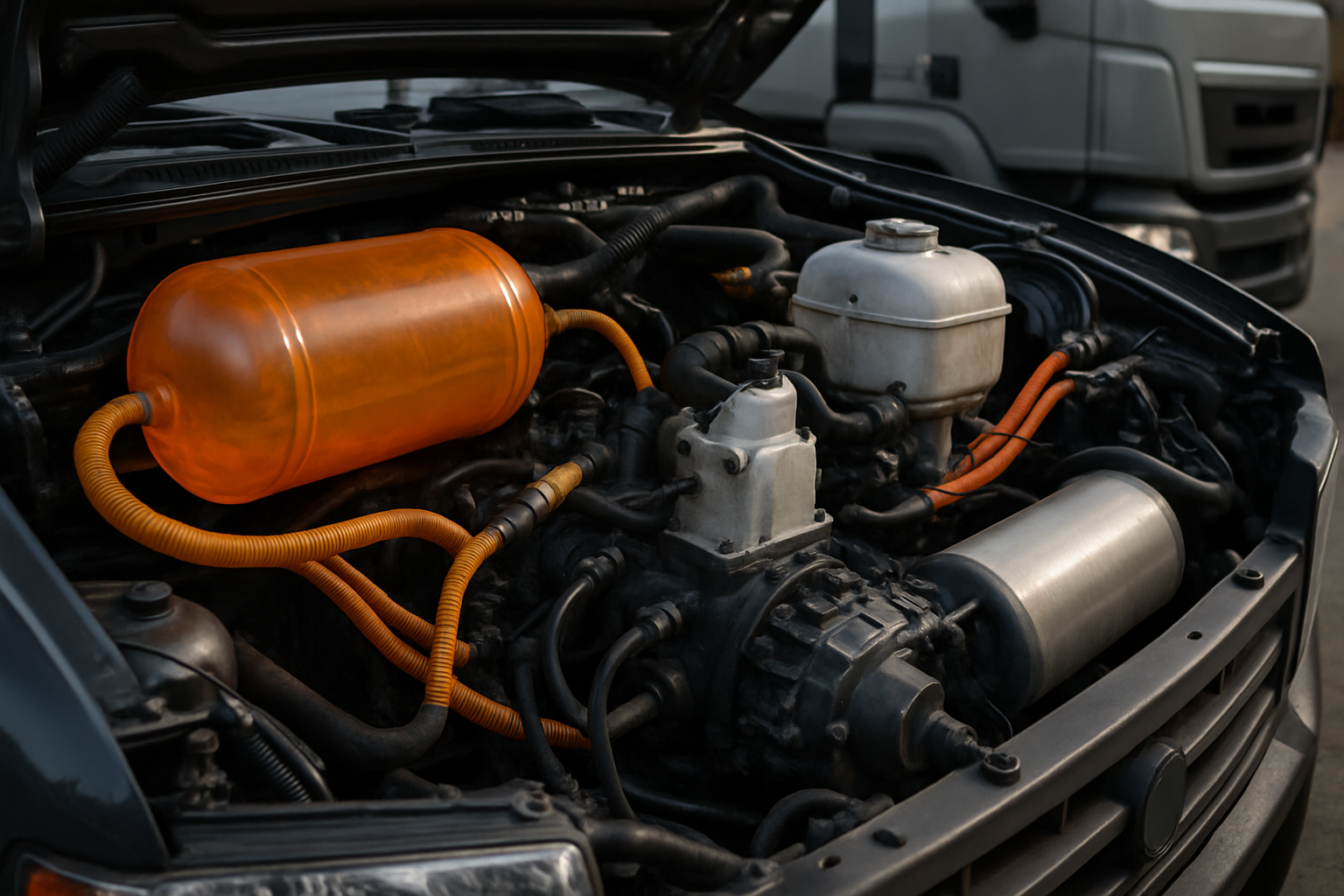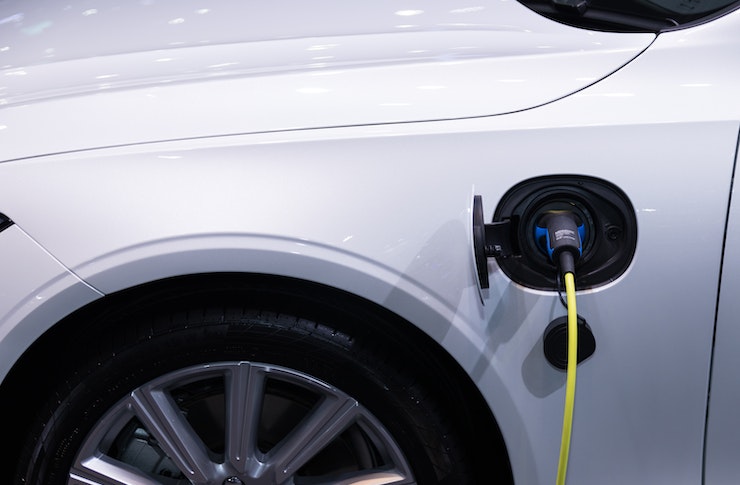A Journey Through the Intricacies of Automotive Paint Technologies
A car’s paint job is more than just a splash of color—it’s a complex blend of technology, chemistry, and craftsmanship. This article delves into the fascinating world of automotive paint technologies, exploring how they have evolved over the years and their crucial role in vehicle protection, aesthetics, and even performance.

A Colorful History: The Evolution of Automotive Paints
The story of automotive paints is a fascinating journey that begins in the early 20th century. The first mass-produced cars, such as the Ford Model T, were painted by hand using oil-based enamels, which were slow to dry, lacked durability, and offered limited color options. As the automotive industry advanced, so did paint technologies. By the 1920s, the introduction of lacquer-based paints, and later, alkyd enamel paints, revolutionized the industry. These new types of paints dried faster, were more durable, and came in a wider range of colors.
The Science of Shine: Understanding Modern Paint Technologies
Today’s automotive paints are a complex combination of resins, pigments, solvents, and additives. They are typically applied in several layers: a primer for adhesion and corrosion protection, a base coat for color, and a clear coat for gloss and protection. This multi-layer system provides a deep, lustrous finish while protecting the car’s body from environmental damage.
The most common type of paint used today is polyurethane, valued for its durability and resistance to fading and chipping. Other advanced paint technologies include waterborne paints, which reduce harmful emissions, and self-healing paints, which can repair minor scratches by themselves.
The Art of Customization: Automotive Paints and Personal Expression
Automotive paints do more than protect a vehicle—they also allow owners to express their personal style. From the classic hues of luxury marques to the vibrant colors of sports cars and the custom finishes of hot rods, paint is a powerful tool for personalization. Today, automotive paints can achieve a dazzling array of effects, from color-shifting “chameleon” paints to matte finishes, metallic flake, and even glow-in-the-dark effects.
Future Shades: Emerging Trends in Automotive Paint Technologies
The automotive paint industry continues to innovate, driven by environmental concerns, advances in material science, and evolving consumer tastes. One emerging trend is the development of more sustainable paint technologies, such as powder coatings and high-solid paints, which emit fewer volatile organic compounds (VOCs). Another exciting area of research is the development of “smart” paints, which can change color with temperature or electric current, or even generate electricity by incorporating solar cells.
The Impact and Challenges of Automotive Paint Technologies
Despite their many benefits, automotive paint technologies face several challenges. The production and application of automotive paints can have significant environmental impacts, including air pollution and hazardous waste. In addition, while modern paints are more durable than their predecessors, they still require regular maintenance to keep them looking their best.
In conclusion, automotive paints are a fascinating blend of science, technology, and art. As we look to the future, it is clear that this vibrant field will continue to evolve, driven by the relentless pursuit of beauty, performance, and sustainability in the automotive world.




